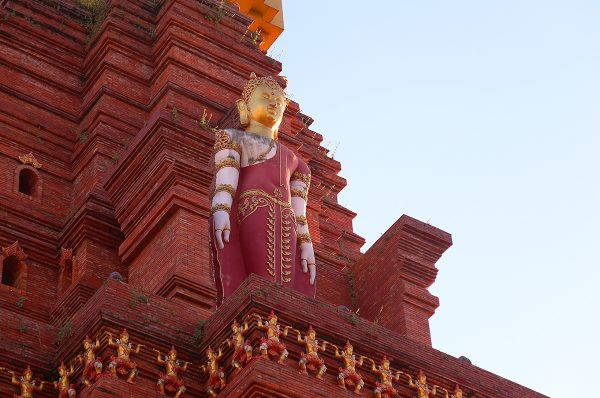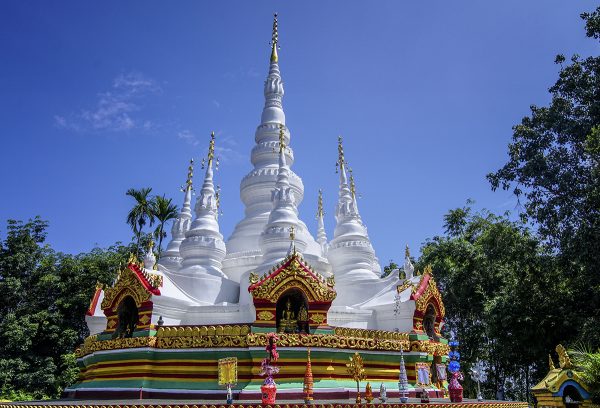
As an area of both extreme ethnic diversity and biodiversity, the prefecture of Xishuangbanna is one of the last known refuges of both the Jinuo ethnic minority and the rare Asian elephant. Although its full name, Xishuangbanna Dai Autonomous Prefecture, suggests that it is dominated by the Dai ethnic minority, this is far from the truth. The Dai people only account for 30% of the 990,000 strong population and the prefecture in fact supports 13 of China’s 56 resident ethnic minorities. From the Jinuo people, who are peculiar to the prefecture, right through to the mysterious Blang people, cultures of all kinds have found their niche in this tropical paradise.
Xishuangbanna shares its borders with Burma and Laos, and its southerly location, coupled with its low altitude, means it benefits from a near tropical climate. In ancient times, the Dai referred to the region as “Mengbanaxi” or “Miraculous Utopia” because, even in winter, it was as hot and balmy as summer. With an average annual temperature of between 18 and 22°C (64.4-71.6°F), the weather is so consistently warm that the locals often say there are only two seasons; dry and rainy. It is often recommended to visit between November and April, during the dry season, but the exceptional condition of the roads means that even a trip during the rainy season is feasible if you want to avoid the tourist crowds. Just be sure to pack an umbrella since, in these temperatures, wearing a raincoat will practically turn you into a walking sauna!
Tropical fruits, herbs, teas, coffee and Yunnan tobacco are all in abundance throughout Xishuangbanna and form part of the rich, lusciously multi-coloured tapestry of the landscape. Some of the highest quality pu’er tea is produced in this region along what are known as the Six Famous Tea Mountains. In a place where even the mountains are famous, you know there will be plenty of stunning attractions to keep you occupied! In Wild Elephant Valley, visitors can stay in hostels near the Mengyang Nature Reserve, 45 kilometres (28 miles) from the prefectural capital of Jinghong, and make their way through virgin forests, occasionally being treated to rare glimpses of China’s only community of Asian elephants. In the Single Tree Forest you can marvel at the nine-hundred-year old banyan tree, which covers an area so large (over 120 square metres or 143.6 square yards) that it is practically a forest in of itself!
Xishuangbanna’s proximity to other Southeast Asian countries means that is has been heavily influenced by Buddhism and much of its architecture reflects this. The magnificent Manfeilong Pagodas, a complex of nine snow-white pagodas in Manfeilong Village, are the perfect place to witness the religion in action. The Water Splashing Festival of the Dai people, a Buddhist festival which normally takes place from the 13th to the 15th of April each year, is held at this complex and represents one of the most popular ethnic minority festivals in China; perhaps because it affords the opportunity to throw buckets of water on your friends! However, if you happen to miss it there’s no need to fret as the Dai Ethnic Garden holds their own Water Splashing Festival every day of the year!
From the Menglun Tropical Botanical Garden to the Mandian Waterfall, from the wild elephants through to the diverse ethnic peoples, Xishuangbanna is undoubtedly an exotic utopia that you don’t want to miss.
